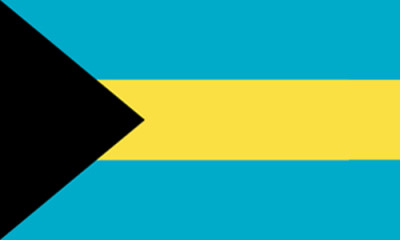Local History
how we came to be

About the Bahamas
The Islands Of The Bahamas form a 100,000-sq-mile archipelago that extends over 500 miles of the clearest water in the world. Our 700 islands, including uninhabited cays and large rocks, total an estimated land area of 5,382 sq miles, and register a highest land elevation of 206 ft. Nassau, the capital of The Bahamas, located on New Providence Island offers a variety of experiences.Bahamas History
Columbus was the first European to discover The Bahamas (and hence America) in 1492. San Salvador was his first landing place in the New World; Cockburn Town, the main settlement, is not far from the spot where Columbus is said to have landed (although other sites also claim this distinction). Columbus met the Lucayan Indians, the original inhabitants of The Bahamas.The islands were largely ignored by the Spanish and the first European settlement was established by a group of English religious dissidents, known as the Eleutheran Adventurers, in 1647. In 1717, the islands were formally colonized by Britain. They were briefly occupied by the Spanish in 1782, although returned to Britain the following year, under the terms of the Treaty of Paris. Thereafter, the Bahamas became a haven for freed slaves and, subsequently, a favorite holiday destination for the wealthy. The post of Governor, representing the British monarch, became a remote but pleasant sinecure. The best-known incumbent was the Duke of Windsor, who had abdicated the British crown in 1936, and, in view of his pro-Nazi sympathies, was dispatched to the territory in 1940, for the duration of World War II.
In 1964, The Bahamas were granted internal self-government, followed by independence in 1973. Post-independence politics in The Bahamas have been dominated by (later Sir) Lynden Pindling, who had first been elected to the premiership as head of the Progressive Liberal Party (PLP) in 1967. The PLP, with Pindling as its head, was returned to office at each of five subsequent elections, despite increasingly numerous and detailed allegations of corruption and involvement in drug trafficking against Pindling and some of his associates. All were vehemently and repeatedly denied by Pindling. Pressure from the USA (which has leased two military bases on the islands since the 1950s) forced the government to introduce more stringent measures against drug trafficking, including changes to the islands' banking secrecy laws.
The damage to Pindling's reputation and the islands' poor economic performance during the early 1990s led to the PLP's rejection by the electorate at the August 1992 polls. The new premier was the leader of the long-time opposition Free National Movement (FNM), Hubert Ingraham. Once a minister under Pindling, Ingraham had resigned in 1984. Ingraham was re-elected in 1997. However, at the most recent poll in May 2002, the PLP resumed control of the government with an overwhelming majority in the House of Assembly. The current premier is Perry Christie, another veteran Bahamanian politician and former colleague of Pindling. Pindling retired from politics after his 1992 defeat. He died in August 2000.
In late 2004, Hurricane Frances caused extensive widespread damage in The Bahamas. Hurricane Jeanne followed only weeks later. The future for The Bahamas will almost certainly involve plans to better detect such hurricanes, and better lessen their impact.